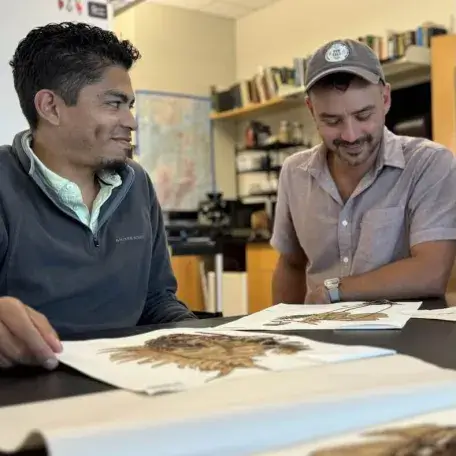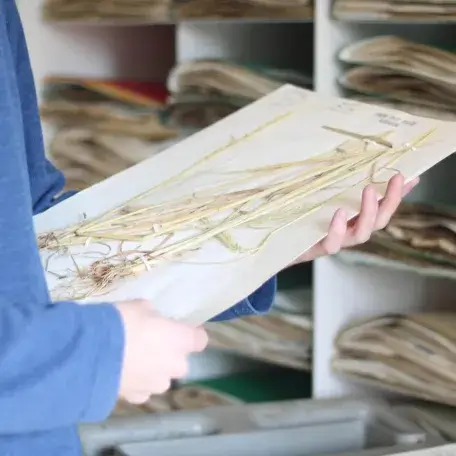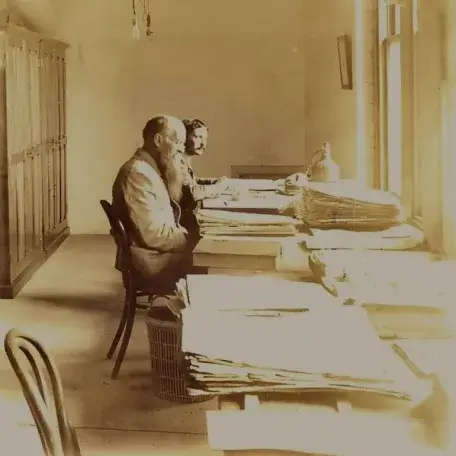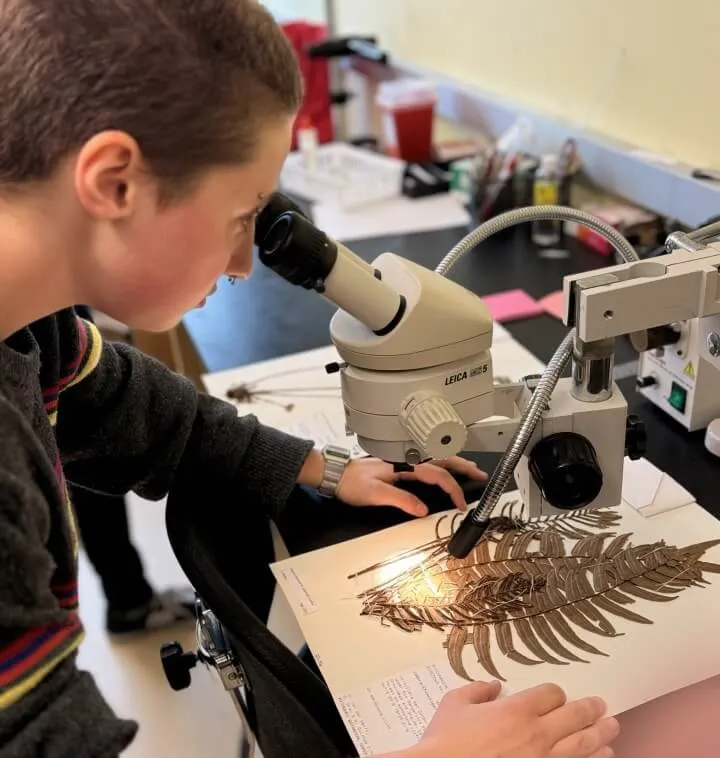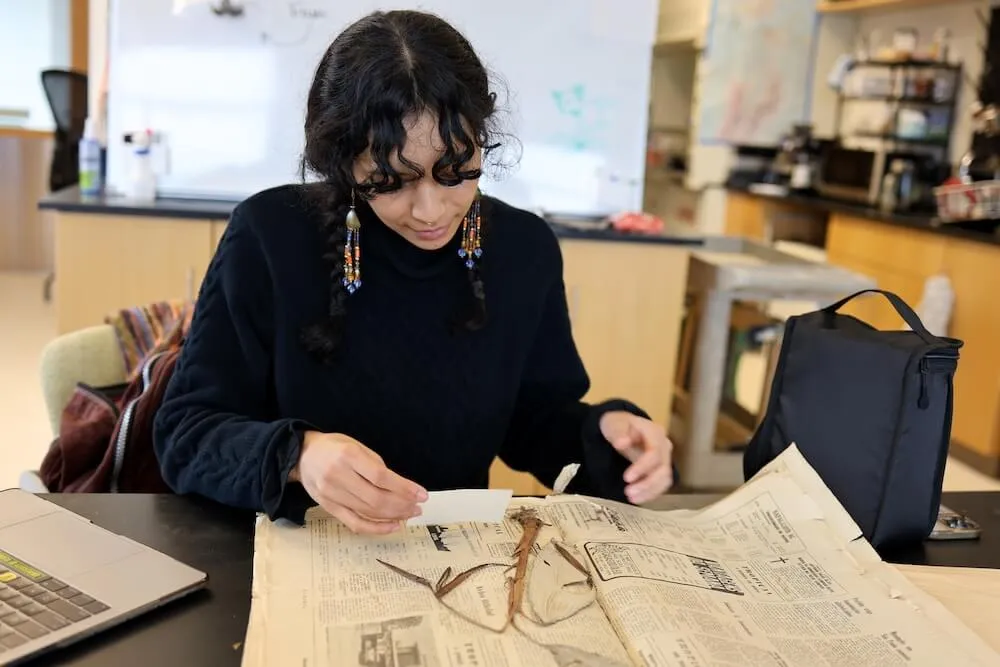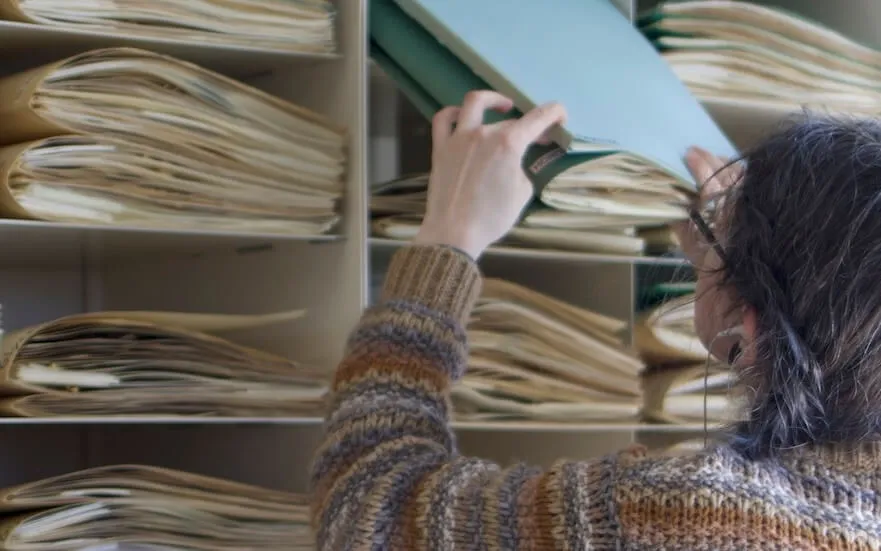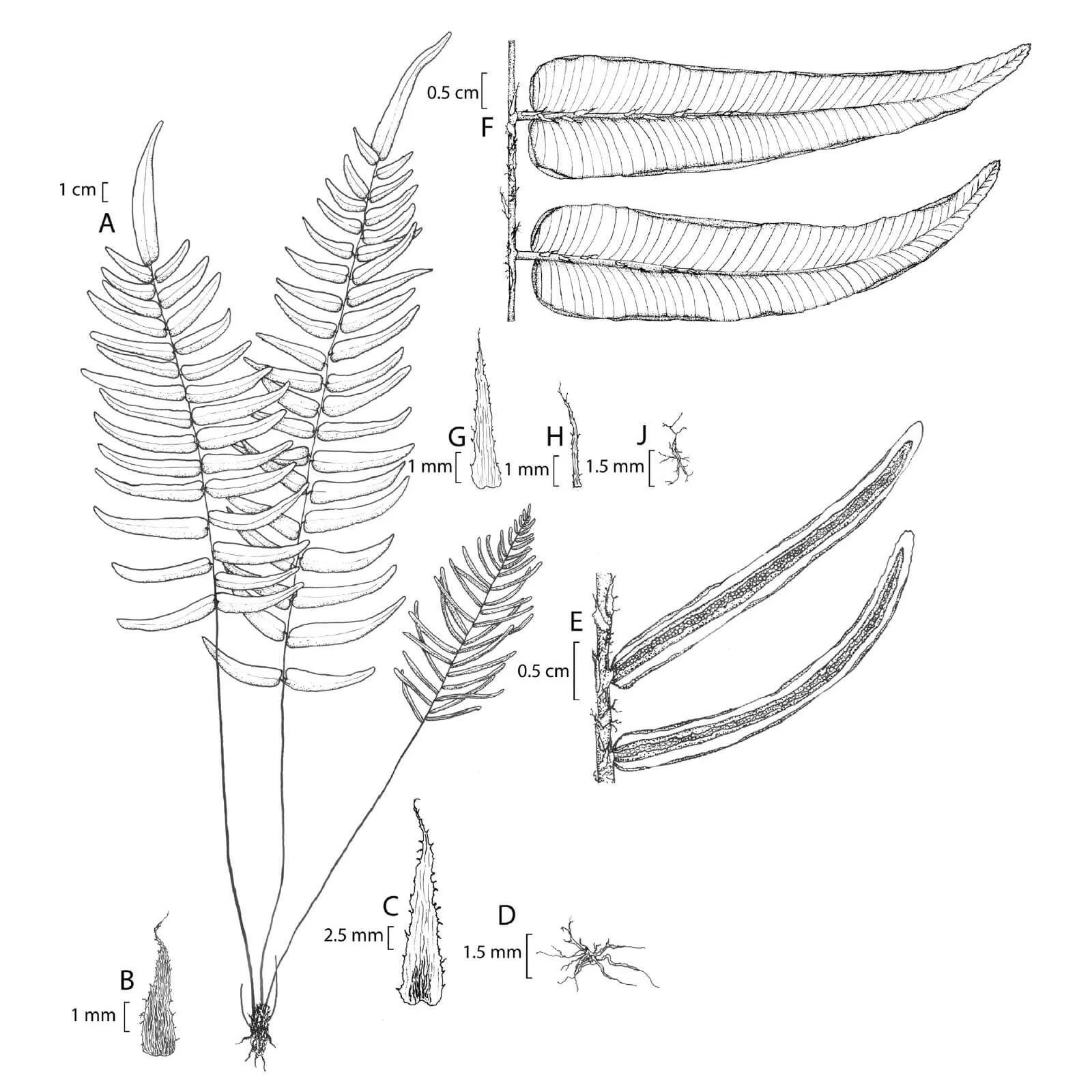The collections of our namesake, Cyrus Guernsey Pringle (1838-1911), a self-taught plant breeder and botanist with 1,200 type specimens to his name, form the foundation of our herbarium. Pringle exchanged over 500,000 sheets with two dozen herbaria around the world, bringing in a geographically and taxonomically diverse representation of the world’s flora. His rich offerings, many from pioneering expeditions in Mexico, Central America, and the southwestern United States, led exchange partners to send unusually choice specimens. Notably, the Berlin-Dahlem herbarium, later destroyed in World War II, sent specimens from Friedrich Sellow, one of the first European naturalists to explore Brazil.
The Pringle Herbarium holds the largest collection of Vermont flora in the world. Vermont’s climatic and edaphic diversity has drawn botanists for two centuries, and we house all of the major collections from the state, including the early herbaria of Frances and Adelia Penniman (ca. 1815), Charles Frost (1840s-’50s), and Joseph Torrey, former president of UVM (1840s). Now, the Pringle’s collections—fully imaged as of 2018—represent a broad cross-section of the North American flora and hail from every continent except Antarctica.
Vermont boasts a strong community of professionals documenting the diversity and distribution of the regional flora. In keeping with our state's reputation as a pacesetter in environmental policy, the Pringle Herbarium strives to coordinate its mission with natural resource planners, who regularly consult our collections and stimulate our research. We also host the state’s Scientific Advisory Committee on Flora, part of the Endangered Species Coalition.
Scroll to the bottom of this page to search our digital collections.
